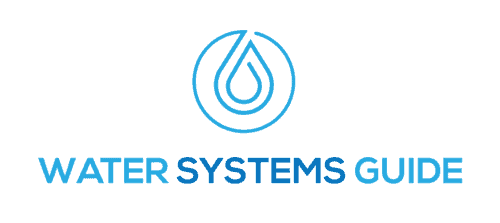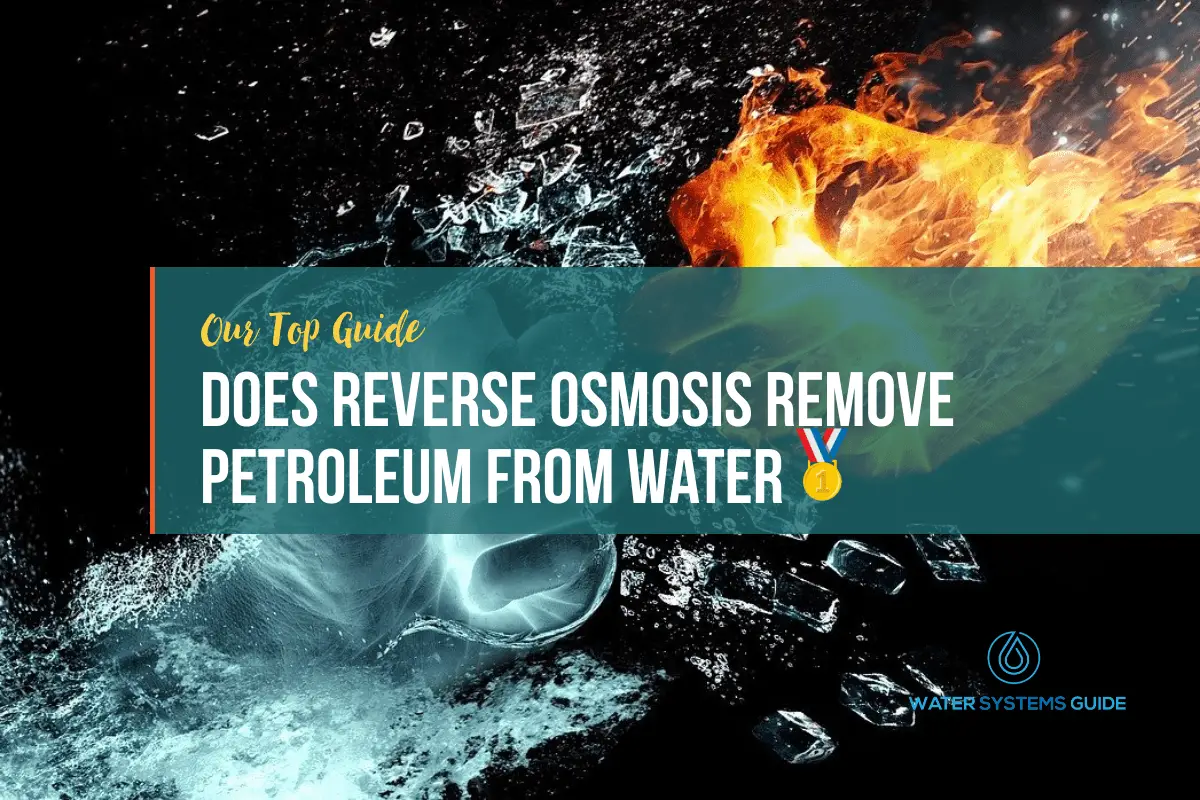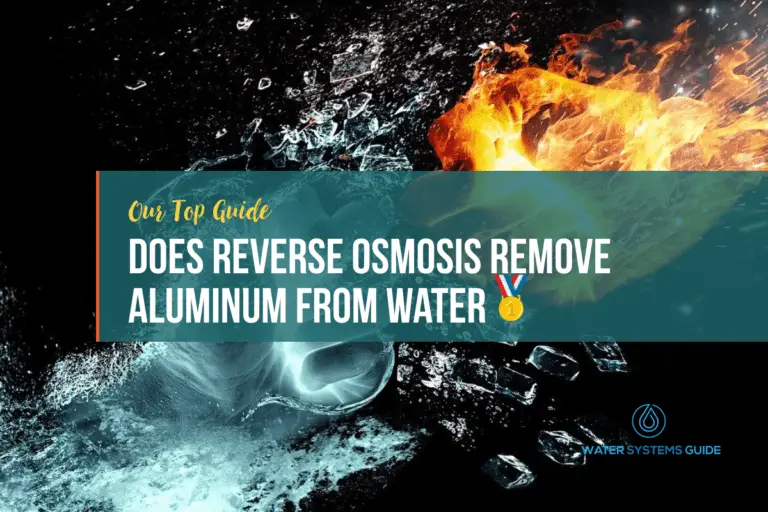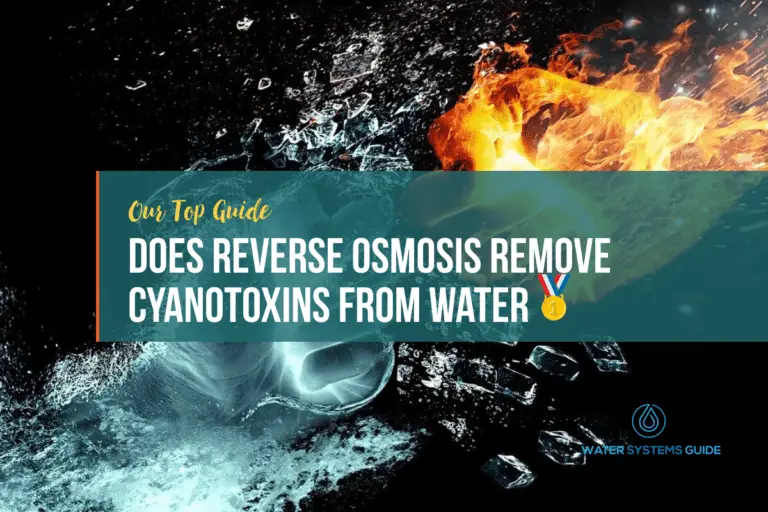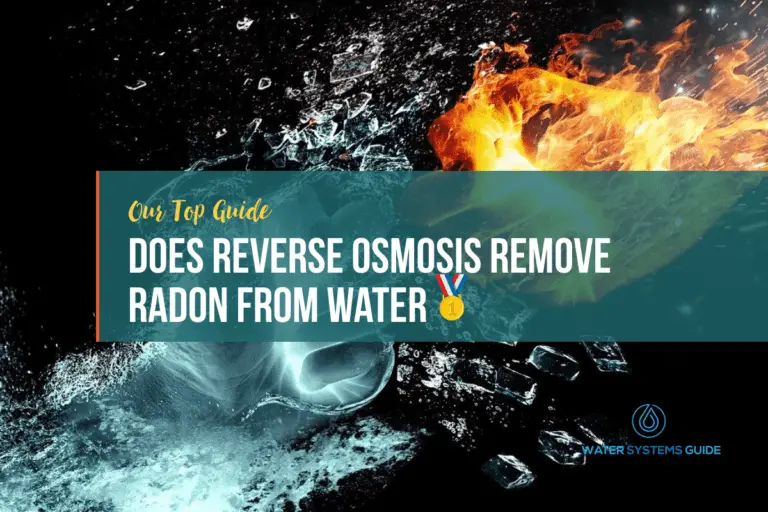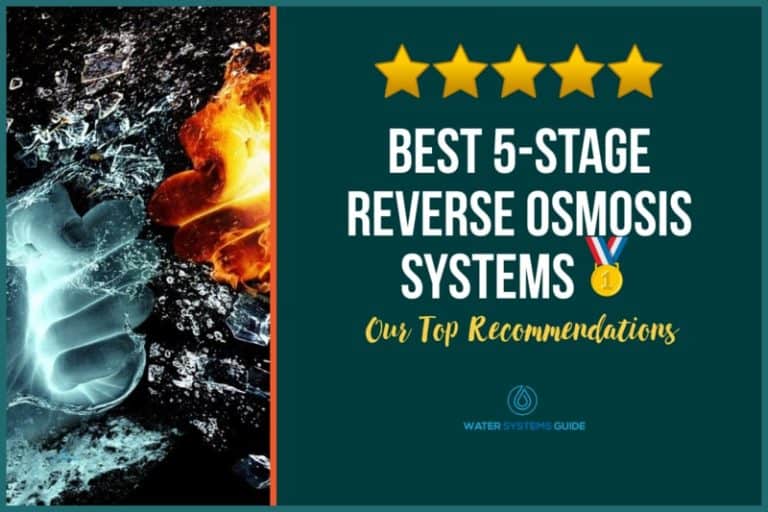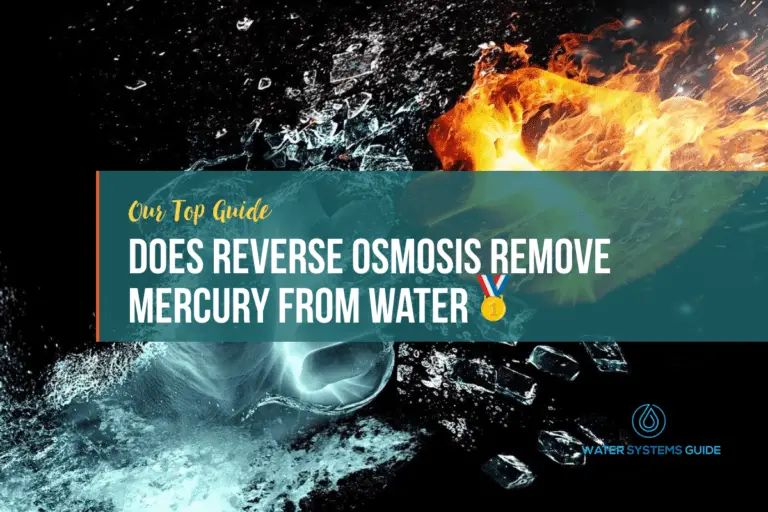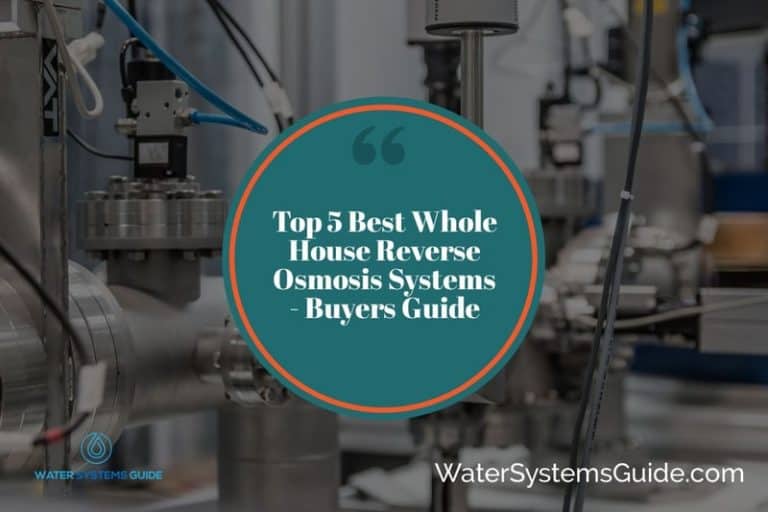Does Reverse Osmosis Remove Petroleum From Drinking Water
In this article, we’re going to be discussing whether reverse osmosis is effective at removing petroleum from water.
What Exactly Is Petroleum
Petroleum is a naturally occurring, yellow-to-black liquid found in geological formations beneath the Earth’s surface. It is commonly refined into various types of fuels. Components of petroleum are separated using a technique called fractional distillation. It consists of hydrocarbons of various molecular weights and other organic compounds. The name petroleum covers both naturally occurring unprocessed crude oil and petroleum products that are made up of refined crude oil.
Petroleum is used in a variety of ways, including as a fuel for transportation, as a lubricant, and as a raw material for the production of plastics and other chemicals.
How Does Petroleum Get Into Our Water Supplies?
Petroleum can enter our water supplies in a variety of ways. It can leach into groundwater from soil contaminated with petroleum products, or it can seep into surface water from an oil spill. In addition, improper disposal of waste oil and gasoline can lead to the contamination of local water supplies.
Does RO Remove Petroleum from Drinking Water?
Yes, RO systems are designed to remove petroleum products from drinking water. RO systems use a process called reverse osmosis to remove contaminants from water. RO systems are effective at removing petroleum products from water, but they may not be able to remove all contaminants.
However, the effectiveness of RO (reverse osmosis) in removing petroleum from drinking water can vary depending on a number of factors, including the specific type of RO system being used and the quality of the water being treated.
With that being said, in general, RO systems are effective at removing petroleum from water, making it safe to drink.
How to test your water supply for Petroleum
If you are concerned about petroleum in your water supply, you can have your water tested by a professional laboratory. Petroleum testing is not typically included in routine water quality testing, so you will need to specifically request this type of test.
Once you have the results of your water test, you can compare them to Environmental Protection Agency (EPA) standards to see if there is cause for concern.
Alternatively, you can hire a professional, who will take care of the entire process, as well as advise you about whether water treatment is necessary.
What else does reverse osmosis remove from water?
Alternative Methods Of Removing Petroleum From Water
There are a number of alternative methods that can be used to remove petroleum from water, besides RO. These include:
One alternative method is to use granular activated carbon (GAC), which adsorbs the petroleum molecules from the water and then can be removed from the water by filtration.
Finally, another option is to use chemical treatments, such as oxidation or biodegradation, which break down petroleum molecules into simpler, less harmful compounds.
